3D Modeling Image References:
What 3D Artists Want to Get from Their Clients
Professional 3D artists know that creating a 3D model is not an easy task. There are so many elements at play, from the texture of an object to the way it looks in different lights. To create a lifelike representation of something, they need to study the product thoroughly and grasp its nature.
Modelers use image references to understand the object better: from the texture of an object to the way it looks in different lights. They must consider every tiny design detail, product function, and how people interact with it. The final result of a 3D modeling project highly depends on the references clients send to the specialists.
Our CGI company provides readers with a comprehensive guide to 3D modeling image references. This article will help clients of 3D modeling services and 3D artists to understand each other, improve communication, and increase work efficiency.
3D Modeling Image References: Overview
It is possible to create lifelike digital representations of objects by modeling them in 3D. This can be done to both digitally recreate or redesign an object from scratch. Compared to drawing or photographing real-world objects for prototyping and marketing purposes, 3D modeling is a more cost-effective solution for retailers and brands.
This 3D technology supplies businesses with a range of tools for product presentation and development, allowing them to customize their offerings to promote sales. But before trying it out, manufacturers and marketers need an understanding of how to work with these technologies to get the most out of it. If you’re brave enough to try marketing in three dimensions but don’t know how to get your point across when outsourcing 3D modeling — this is for you.
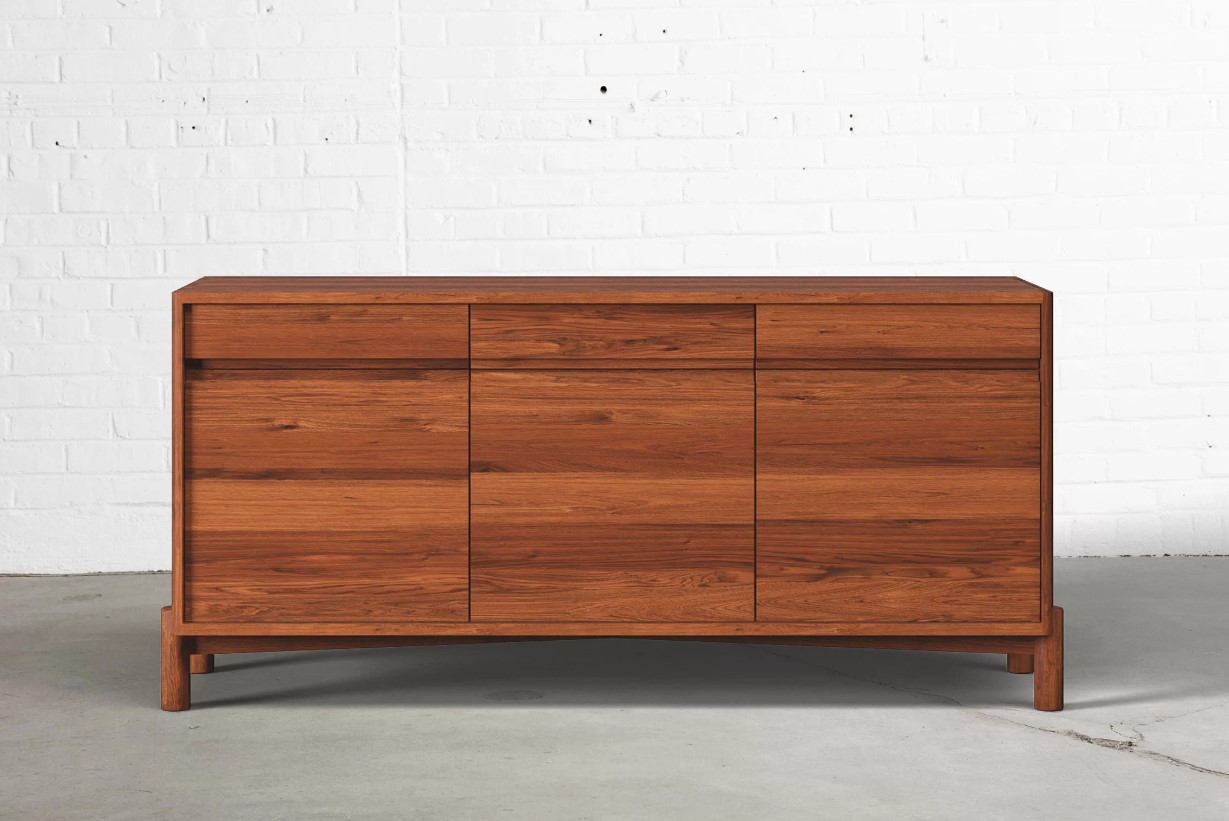
What are 3D Modeling Image References?
3D modeling image references are a set of images (photographs, drawings, models, material samples) that help 3D artists to have a deeper understanding, study, and inspiration of what they are working on. A good reference is simple to understand and has all the necessary details. 3D model image references’ purpose is to help modelers understand the structure of an object, how it is put together, and how light interacts with it.
How Many References Should Be Provided?
The answer to this question depends on the complexity of the project and how much information needs to be conveyed clearly. To create a simple 3D model of the kitchen table and chairs, you may need up to 3 references. You will, however, need as many references as possible if your project requires a lot of detail and accuracy.
Tips for Choosing The Best Images for 3D Modeling
 reference-photos-for-3d-modeling-requirements
reference-photos-for-3d-modeling-requirements
Choosing a 3D modeling image reference from the Internet is not as simple as it may seem at first glance. There are dozens of factors that can affect your choice, but the main ones are:
The quality of images: The most important factor is image quality. If you use a low-resolution image, your 3D model will look pixelated and blurry. It’s best to choose medium- or high-quality photos that are at least 2000×2000 pixels in size.
The size of the image file: It’s best to use images that have a resolution of 72 dpi (dots per inch). The higher the resolution and size of the image, the better your references will be. They’ll have more detail, which will make it easier for 3D artists to replicate them accurately.
The number of available pictures from different angles and views: At least five different views are a must but 10 or more is even better. This will allow 3D artists to create the most accurate model possible.
The license and copyright restrictions on using images: If it is impossible to find any copyright information, better to avoid using them.
The quality of the lighting and shadows: When choosing reference images pay attention if they have good lighting and shadows so that they look realistic when converted into 3D models.
General Criteria for Good 3D Modeling Image References
We have already discussed the importance of having a good set of references. But what are the criteria that make these references good and useful? Let’s dive into it!
#1. Multiple Angles
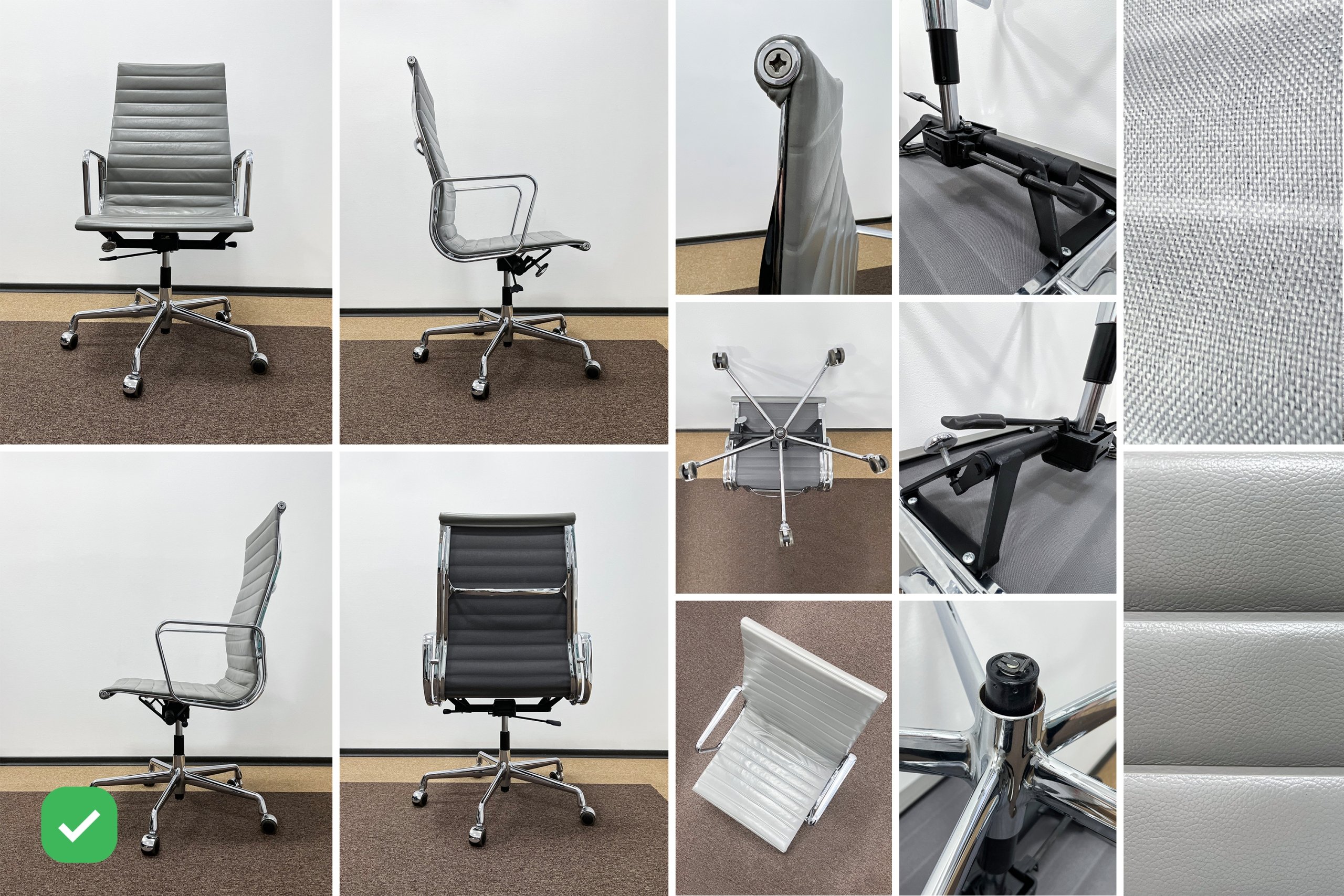
Multiple reference images are essential for giving 3D artists a good idea of the object they need to create. They help to examine all the product design details.
The base references usually only have a front or back view, which can limit the artist’s ability to create an accurate model. They need to see as many sides of a product as possible so that they can get every element right.
#2. Proportions
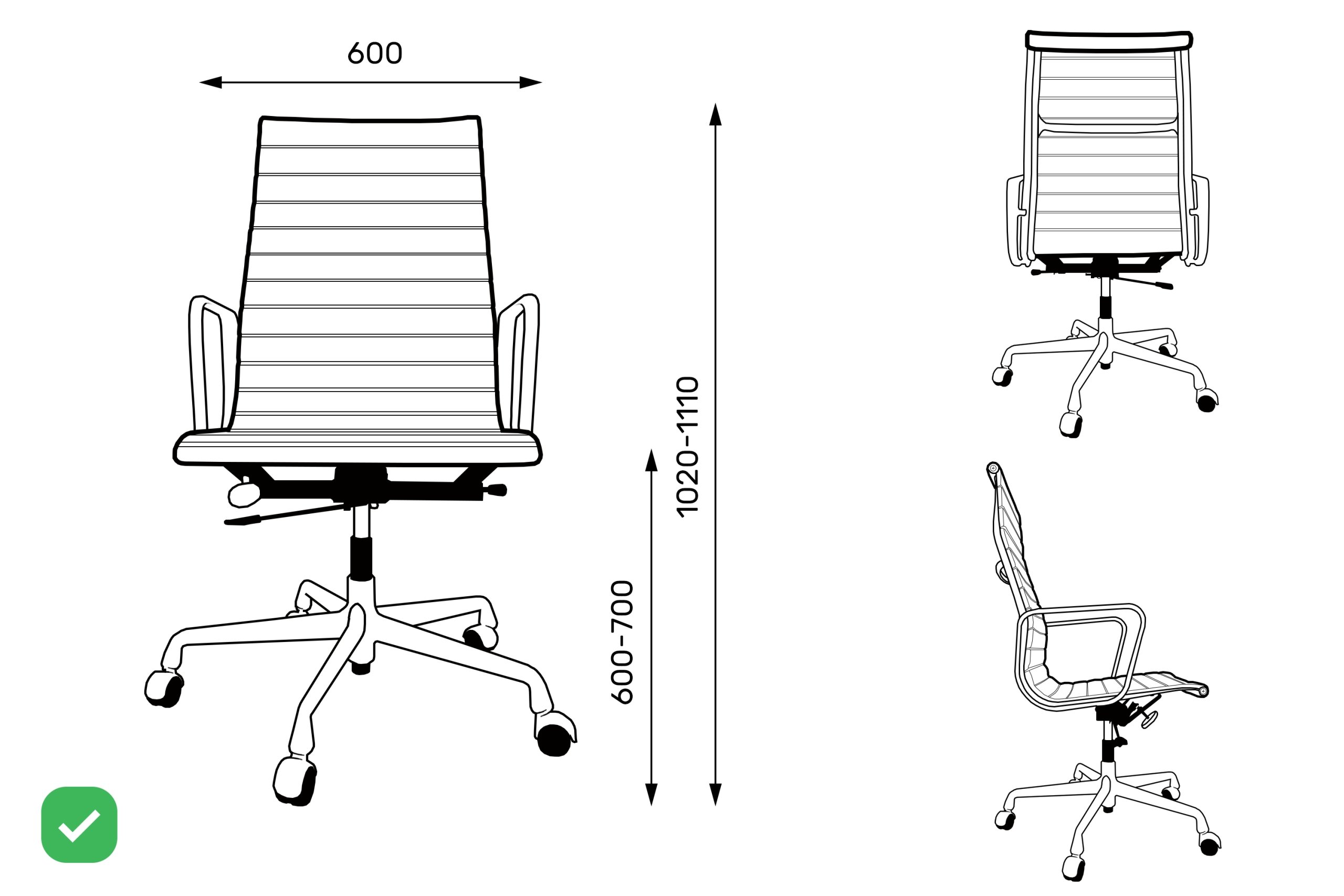
Proportions are one of the most important elements of a 3D modeling project. A model that’s been poorly proportioned can look awkward and unrealistic, even if it has perfect lighting, texture, and shading. Ideally, proportions should be based on real product measurements.
For this reason, do not forget to include any drawings or CAD files in the scope of work. This helps reduce working time by eliminating back-and-forth discussions about proportions and materials. If you don’t have these files, provide approximate measurements in centimeters on each photo or other attachment, such as an annotated sketch.
#3. Lighting
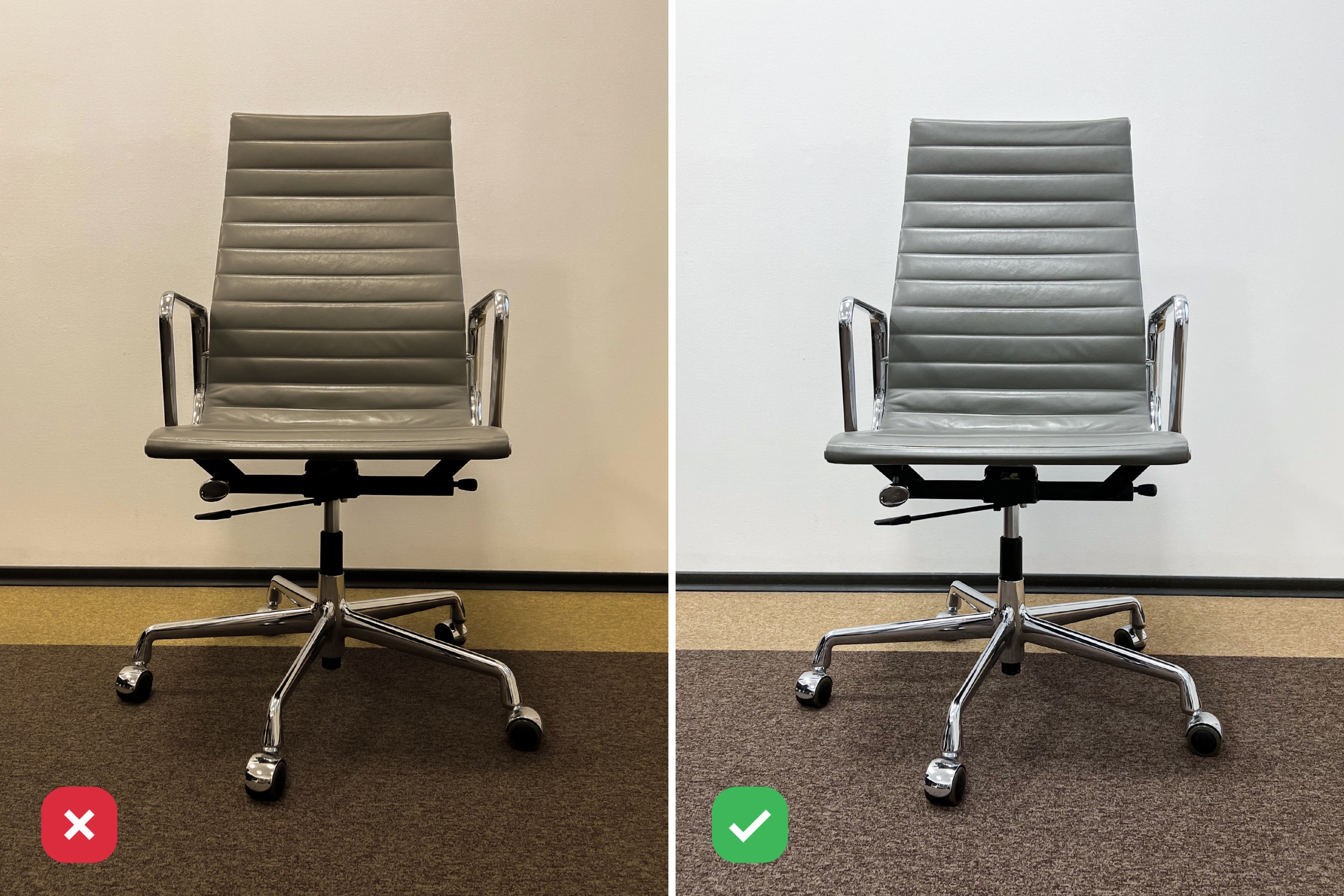
Lighting is an aspect that 3D artists will pay a lot of attention to. It is probably the most important aspect of any image reference, and you must know how to give 3D artists what they need. Without it, a modeler can’t properly see the shape of the object, the depth of shadows, or the color of a material.
The image you send must have a proper lighting setup. 3D artists have very specific lighting requirements. Unfortunately, most people aren’t aware of what they are, and end up sending images that don’t fit the bill.
A modeler uses 3D modeling image references to light a model based on the following principles:
- The first principle is that the light source must be on top of the camera. Sources of light can be many and varied: sunlight outdoors; incandescent bulbs indoors; fluorescent bulbs; flash photography; studio lights; small lamps; and candles.
- The second principle is that the light source should be coming from one side of the object and hitting the side opposite to it, creating a shadow.
- Finally, the third principle is that the shadows should be soft and not too dark.
#4. Materials and Textures
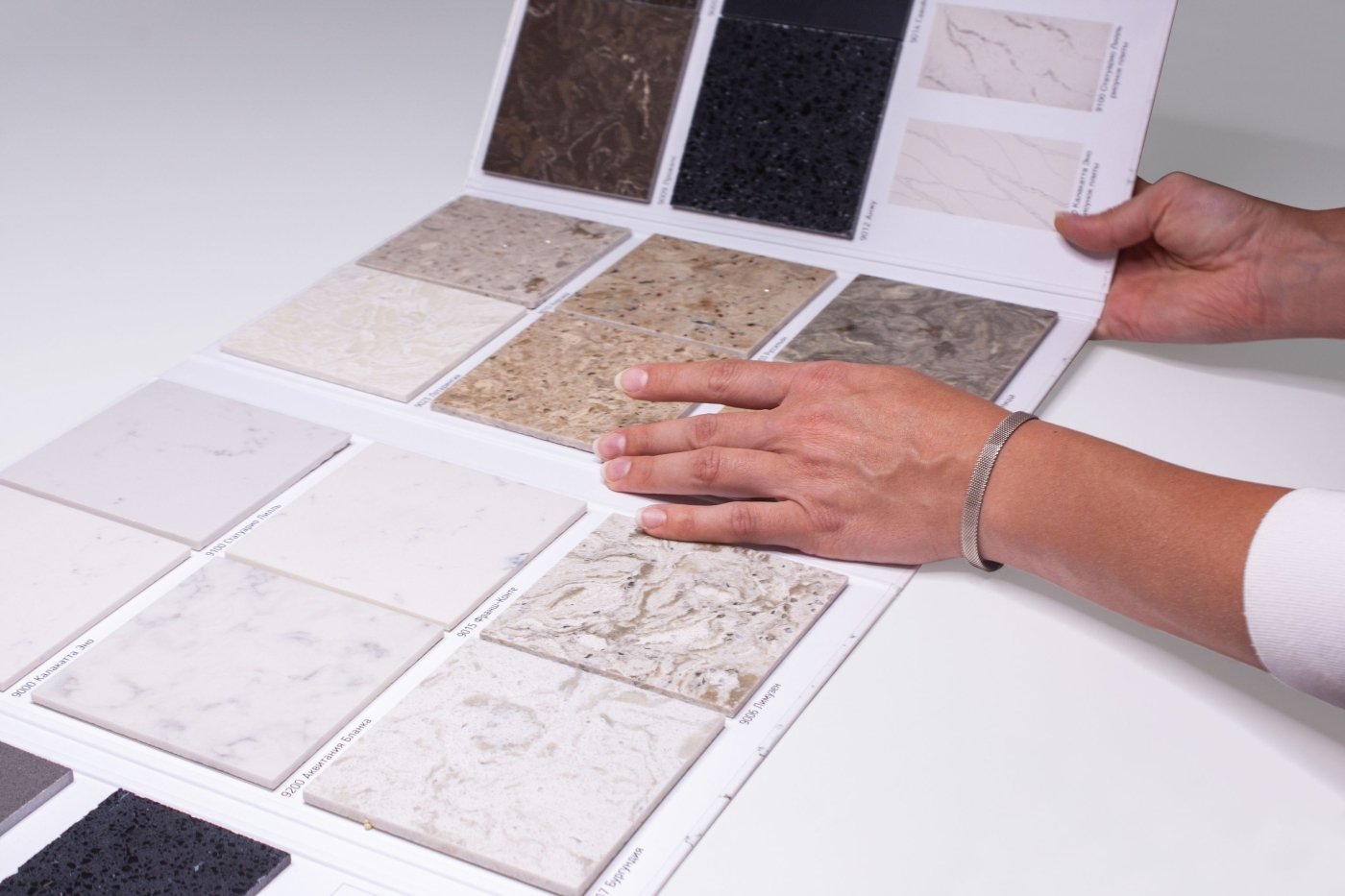
The materials and textures of an object control the way light reflects off an object. Materials determine an object’s surface properties, such as shine and transparency. Textures describe the pattern of lines or bumps on a material’s surface.
CG artists have to know everything about the materials they’re creating in order to model them accurately. That’s why they ask for sending texture and material samples if possible. If not, close-up high-quality pictures of samples or links to suitable 3D textures will do instead.
To find different types of textures and materials to send to 3D artists, check out our 3D modeling texture resources article.
#5. Details
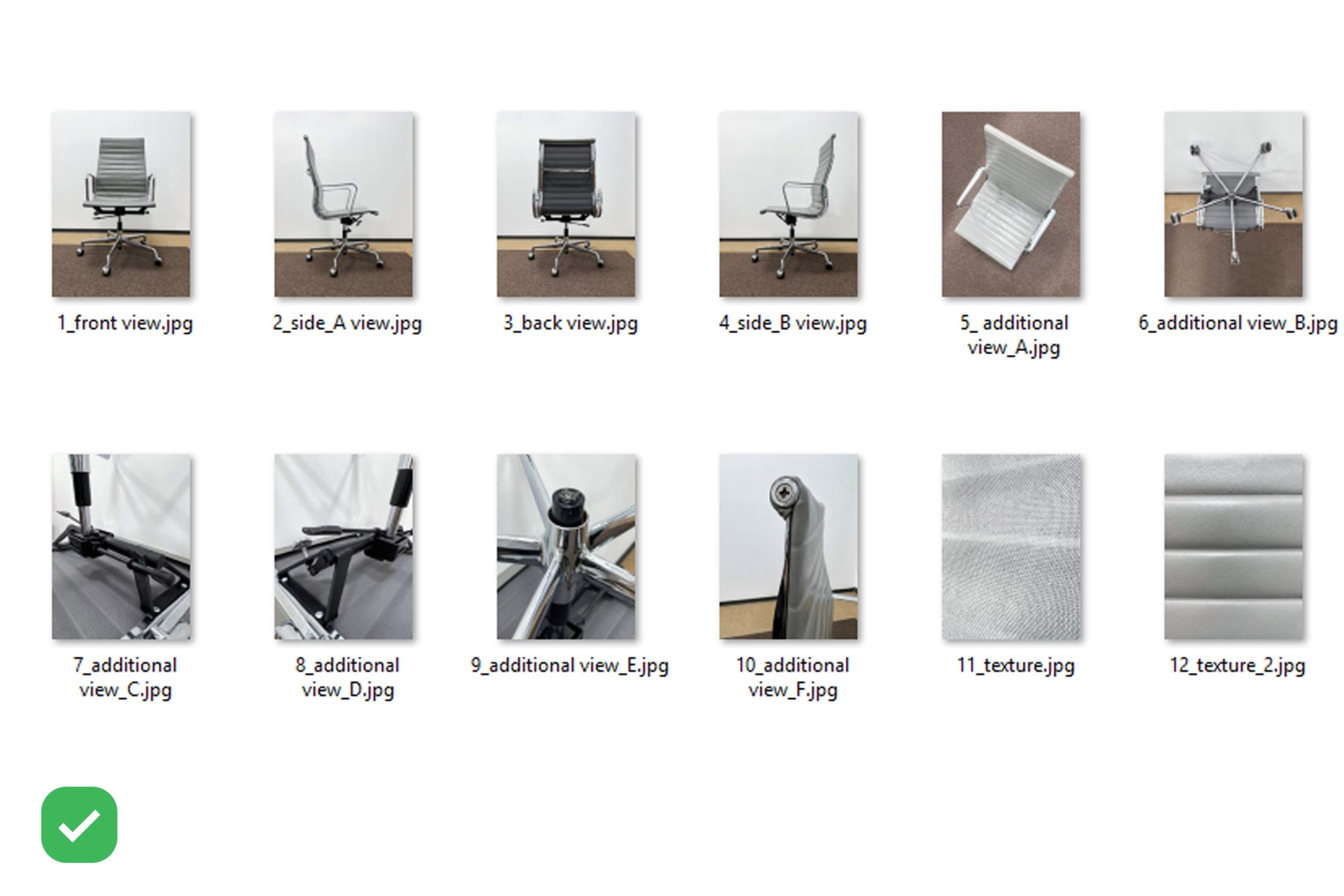
The best kinds of 3D modeling image references are ones that show a lot of detail. The more detailed an image is, the more information it can give to a 3D artist so they know exactly what they need to recreate.
While close-up shots help show fine details, wide shots provide context for those details and make them easier to see and understand. Make sure you have a good balance between close-ups and wide shots to give artists as much information as possible about every aspect of your design.
Manufacturers and marketers who use 3D modeling services are often misinformed about what they need to send to a CGI studio to get the most accurate product 3D models. At the same time, 3D artists have trouble understanding their client’s needs and corrections. The lack of communication between the parties can be detrimental to the project’s success. This article will help to avoid these problems by providing a guide to 3D image reference and making the whole process much easier and smoother.
We provide high-quality 3D modeling services all over the world. Reach us today and let us match you with our expert 3D artists that can transform your ideas into reality.


Leave a Reply
Want to join the discussion?Feel free to contribute!